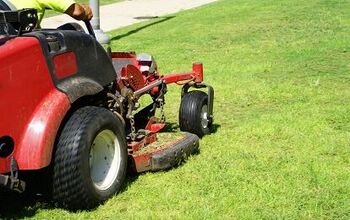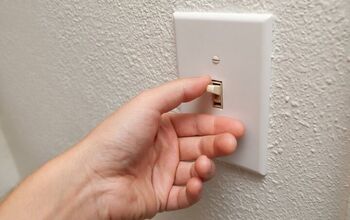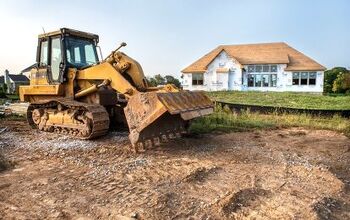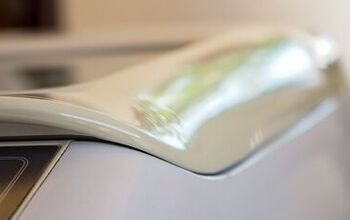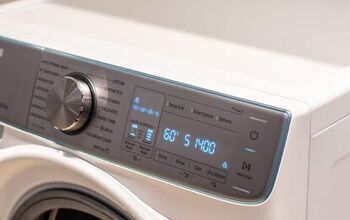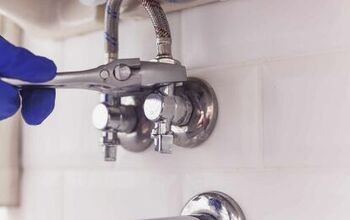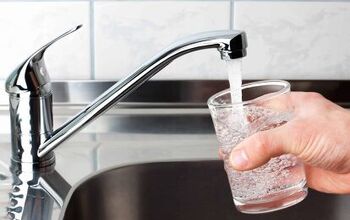Hot Water Heater Pressure Relief Valve Keeps Opening? (Do This!)

Your hot water heater is perhaps one of the most important things inside your home. Keeping warm water flowing, is essential, for living. If your hot water heater’s pressure relief valve keeps opening, we have some tips that will help you fix it.
To fix a pressure relief valve on a hot water heater, that keeps opening, or leaking, you must replace the relief valve. First, you should drain the tank. Then, remove the discharge tube. Next, you will replace the pressure relief valve. Then, put it back together and fill the tank. Make sure to test your new valve.
New hot water heaters can be very expensive. If you’re having trouble with your unit, and can’t figure out why the hot water pressure relief valve keeps leaking, then don’t throw the hot water heater out just yet. It could be a simple fix, such as replacing the $15 valve.
Do You Need Water Heater Repair Services?
Get free, zero-commitment quotes from pro contractors near you.

How to Troubleshoot a Hot Water Heater
Hot water heaters can be hard to work on, however, troubleshooting doesn’t have to be hard to do. You want to start with the simplest and easiest fix first. For a pressure release valve that keeps opening, chances are you will need to replace the valve.
The pressure release valve going bad, is the most common reason for the valve to stay open, leak, or not close properly. You will want to start by replacing that part. If you replace it, and it still stays open, or leaks, then you may have to troubleshoot further.
There are only a couple of causes for this, so as long as you start with the most common, and cheapest fix first, you may be able to avoid needing to buy a completely new unit.
How Do I Know if My Pressure Relief Valve is Bad?
When a pressure relief valve goes bad on a hot water heater, there are a few things to look for. The first thing to look for is noise. If your valve is rattling or making squeaking noises, then you know that the valve is not working properly.
This is usually caused by pressure building up. The valve will keep opening, to release steam from the unit. This can cause the valve to go bad over time. If your valve is making noises, then you probably need to replace it.
Next, if your valve is opening, and the unit keeps leaking, this is a sign that the valve is no longer working. A leaking valve is the leading cause of problems with a hot water heater. You can replace the valve cheaply, with only a few easy to follow steps.
How to Replace a Pressure Relief Valve
Replacing a pressure relief valve on a hot water heater is not that hard to do. The part is inexpensive, and replacing it first, could save you from wasting money on repairs, that cost much more.
Step 1: Drain Water Heater
Drain your hot water heater. The very first thing you will need to do is drain your unit. You can drain the hot water heater, by turning it off and using the drain valve.
Step 2: Locate Discharge Tube
Next, locate the discharge tube. You are going to need to remove this tube, to replace the pressure relief valve.
Step 3: Replace Pressure Relief Value
Once you have the discharge tube out, replace the pressure relief valve with the replacement valve. Make sure everything is tight and put the discharge tube back in.
Step 4: Test Unit
Turn the hot water heater back on, and test that the new pressure relief valve is working correctly. If the unit has stopped leaking or making noise, then you are good.
Pressure Relief Valve Hot to Touch
You may be wondering why your pressure relief valve is hot to the touch. In most cases, this normal. It is attached to the water heater, so it’s going to be warm. If your valve is more than warm and is hot, then you may have a problem with steam pressure building up.
If you are having issues with steam, and the valve leaking, then this could cause the valve to be hotter than normal. This could mean that you need to replace the valve. If it is steam, then you will probably hear a noise with it.
Not every valve is the same temperature. Sometimes, you may replace a valve, and find that the new one is a little warm, where the old one was not. This is perfectly normal. Unless you hear a noise or see a leak, then there should be no problems.
How Often Should Pressure Relief Valves Be Replaced?
Pressure release valves should only be replaced when they need to be. There is no set amount of time that they should be replaced. The conditions that cause a valve to go out, is dependent on the amount of use, and the condition of the rest of the parts.
Sometimes they can overheat and that can cause the part to fail over time. You can check your valve for heat with your hand, but until it goes out, there is no way of knowing what will happen. Some hot water heaters will have trouble with the pressure relief valves, and others will have no problem at all.
Hot Water Heater Pressure Relief Valve Leaking After Replacing
If you have replaced your pressure relief valve and your valve is still stuck open or leaking, there could be another issue. Let’s look at some more possible issues.
- Overheating
- Water pressure
- Water expansion
- Sediment build-up
Overheating can be an issue. If your hot water heater is overheating, it can cause the pressure release valve to remain open, or for it to leak. If your unit is overheating you may need to replace the thermostat.
Water pressure can cause the valve to remain open. If your water pressure (PSI) is too high, it will cause the pressure relief valve to stay open. This can also cause the valve to leak. Too much pressure can damage the valve.
Water expansion can cause problems. When water heats up, it expands. The water that over expands usually ends up in the cold water inlet. This can cause your pressure relief valve to stay on, or leak. You may have to install an expansion tank.
Sediment build-up could be the issue. Sediment can build up inside of the tank until it reaches the pressure relief valve. This can cause the valve to not work properly. If this is the case, you may need to replace the valve or clean out the sediment from the tank.
Why is my Pressure Relief Valve Making Noise?
Your pressure release valve could be making noises for several reasons. The biggest reason is that the water pressure is too high. This can cause the pressure relief valve to make a moaning or groaning type of noise.
If this is the case, you may need to install a water pressure regulator, to your home’s water source. These noises can also be caused by a clog in the valve. This happens when sediment builds up. Over time, it can cause the valve to stay stuck open, and make noises.
Tips for Working on a Hot Water Heater
If you have to work on your hot water heater, or pressure relief valve, we have a couple of tips to make it easier.
Make sure that it is not a water pressure issue. Your valve could be stuck open because the water pressure is too high, before you replace anything, check that the PSI is not above 100. This could solve the problem, without replacing any parts in the hot water heater.
Drain your hot water heater. If you are working on your hot water heater, you will most likely need to drain it and turn the power off. Make sure you do this before making any major repairs.
Do You Need Water Heater Repair Services?
Get free, zero-commitment quotes from pro contractors near you.

Related Questions
What causes too much pressure in a hot water heater?
The water pressure, of your water source, could be too high. If the PSI is too high, it will cause problems with the pressure relief valve in your water heater. This can cause the valve to stay open, or to leak.
What causes a PRV to fail?
Several issues can cause your pressure relief valve to fail. Water pressure can be an issue. Sediment can build up and cause the seal in the valve to fail. Overheating can also cause a pressure relief valve to fail.
Related Guides

I'm a writer that is passionate about home improvements, remodeling, and renovating. I enjoy learning new skills and techniques and sharing them with others.
More by Chad Kilpatrick



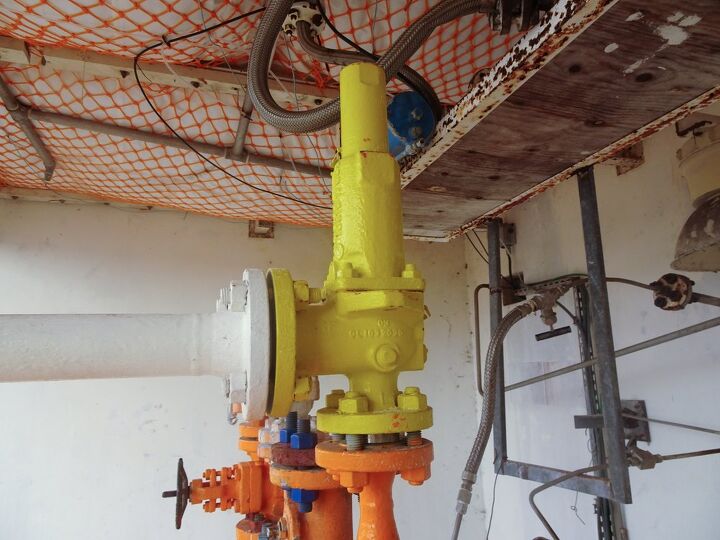








![The 5 Best Angle Grinders – [2022 Reviews & Buyer's Guide]](https://cdn-fastly.upgradedhome.com/media/2023/07/31/9071326/the-5-best-angle-grinders-2022-reviews-buyer-s-guide.jpg?size=350x220)

